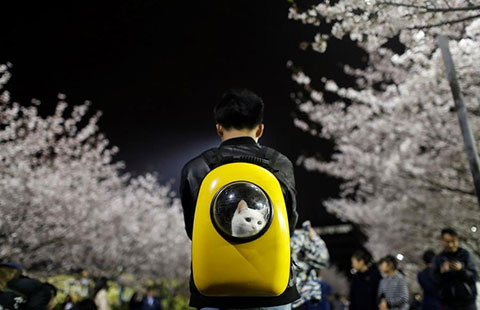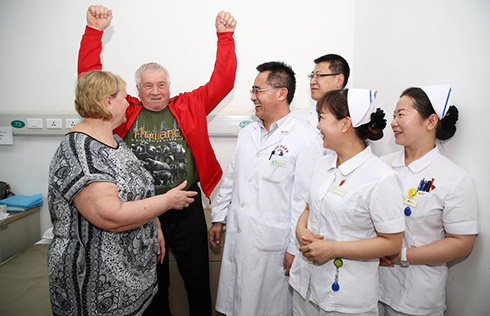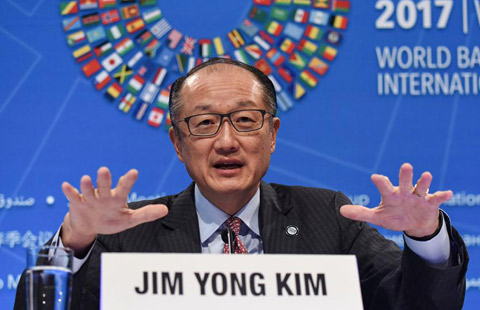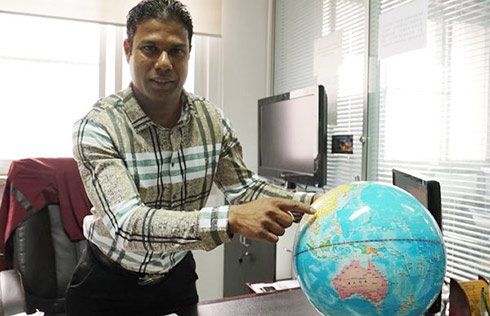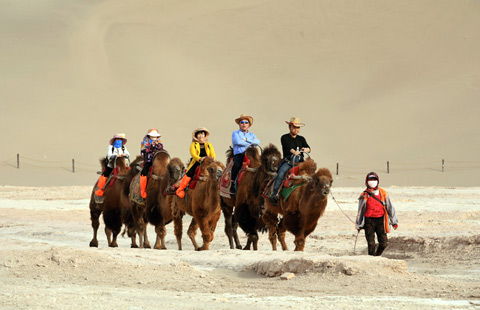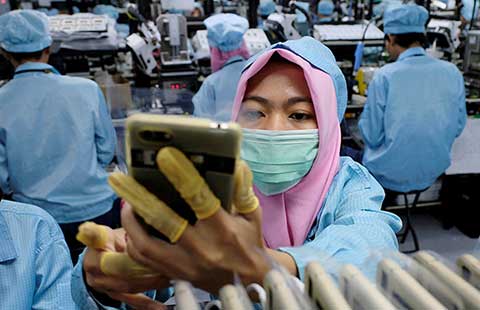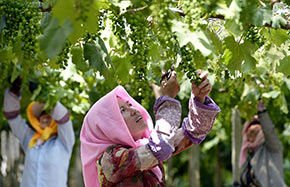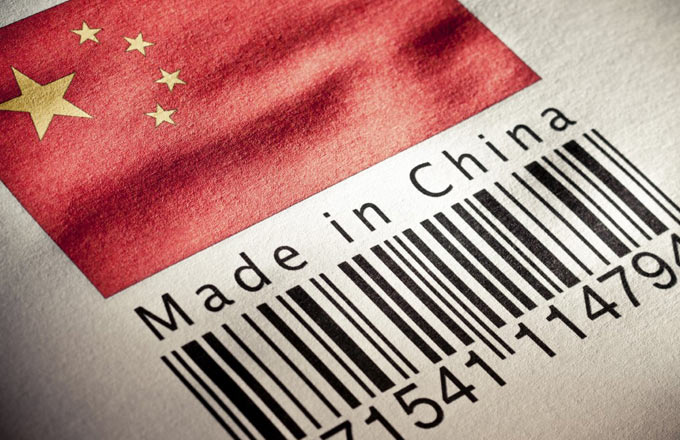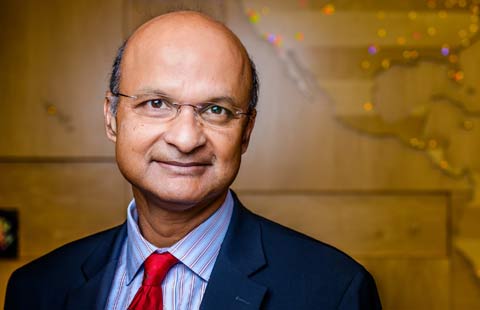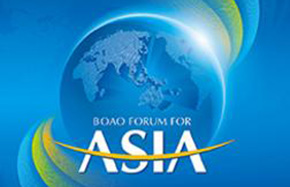Weaving the new economic landscape
The textile industry, which used to bring great honor and an enormous fortune to Wuxi, Jiangsu province, is facing a critical time in its transformation.
"I have been working in the textile business for half a century, and witnessed the industry tough out so many bad times, including the Asian financial turmoil. But I should say we are facing an unprecedented difficult situation now," said Chen Zhengming, deputy secretary-general of the Wuxi Textile Association.
Textile profits slumped 6.19 percent year-on-year in 2012, Chen said. However, based on technological innovation and better allocation of resources, textile companies in Wuxi managed to maintain a 4.83 percent year-on-year growth for export value in 2012, higher than the national average growth rate of 3.09 percent.
"Although it is still a difficult time, most companies are having more orders now, compared with the same period last year, and we expect the second half of 2013 to be much better," Chen said, adding that prices for textile products hit bottom in the first half of 2012 and have been recovering since.
Located along China's Grand Canal, Wuxi has been serving as a key wharf for cloth transportation since the late Ming Dynasty (1368-1644). When the legendary Rong family built up its textile empire in the early 1990s, the industry became a pillar of Wuxi's economy, and gradually formed a complete industrial chain that included chemical fibers, textiles, printing and dyeing, clothing, and machinery manufacturing.
"But we are losing the advantages and are trying to develop new strengths," Chen said.
A sluggish overseas market after the global recession, the appreciation of the yuan, and surging costs for energy, raw materials and labor have squeezed profits of local textile companies.
There are currently 873 textile companies, each with annual revenue of more than 20 million yuan ($3.26 million) in the city, down from 904 in 2011. The sector employs 240,000 people, down from 320,000 several years ago.
The price of cotton in China is now 5,000 to 8,000 yuan higher per ton than in the international market because of inactive planting from cotton growers in recent years and the shrinking output.
The local authority has been offering a floor price to support domestic farmers, and offering tight quotas for importing cheap cotton from the international market, which pushes up the cost for purchasing cotton for textile companies, Chen said.
It might be good news that insiders said China, the world's biggest consumer of cotton, will allocate up to 800,000 tons of import quotas this year, most of which will be issued to textile mills that export their products. That will add to 894,000 tons of low-tariff quotas issued earlier this year, Reuters reported in March.
Meanwhile, workers' salaries have climbed to $450 to $500 per month, compared with $60 to $100 in Bangladesh and $120 to $180 in India.
"Companies have to bring up product prices to cover rising costs, and thus they are losing overseas market share," Chen said, adding that Wuxi companies' share of the Japanese market has shrunk from 80 percent three years ago to 73 percent last year.
"Times are different. And we have to find a new way out," Chen said.
The output value of the textile industry used to be half the city's total, falling to 27 percent in the 1980s and 20 percent after 2000.
Expanding production capacity is no longer a boost to profit, as rising costs are killing the additional income with higher energy consumption and pay to workers. And the only way to avoid the problem, Chen said, is to improve the added value by developing high-end products and building famous brands, while at the same time reducing labor, energy and raw-material consumption.
Amid the gloomy global market, some local companies are still making progress.
By stressing science and technology innovation, Sunshine Group, the nation's leading wool textile and garment producer, has developed a number of new products, and more than 60 percent of its profit comes from the new products nowadays. The company acquired revenue of 32 billion yuan in 2012, realizing double-digit growth since 2011.
Heilan Group, one of China's largest producers of menswear, achieved revenue of more than 9 billion yuan in 2012, and has opened more than 3,000 franchises in the nation.
Hodo Group Inc, another local textile and garment giant, has invested in its plans to build an industrial zone in Cambodia, focused on garment manufacturing, metal machinery, and light industrial goods manufacturing, in an attempt to diversify its business.






